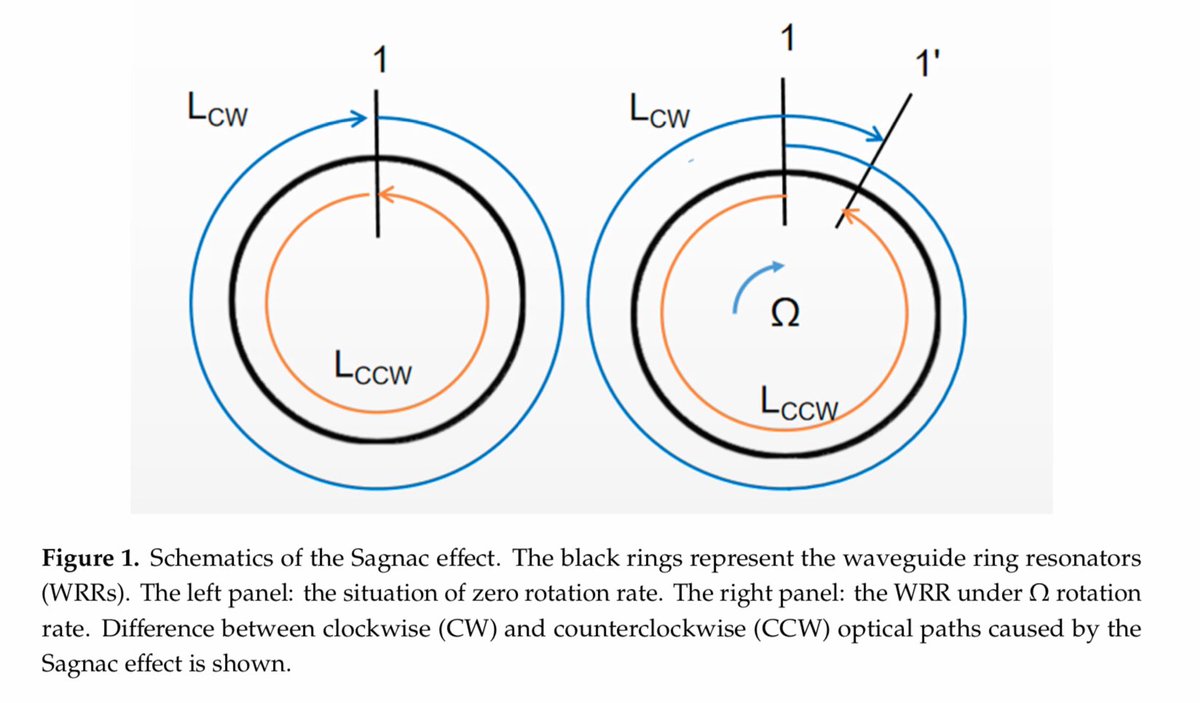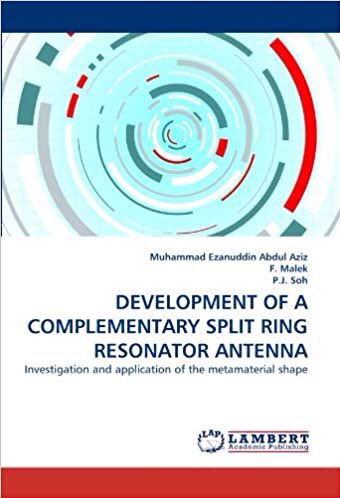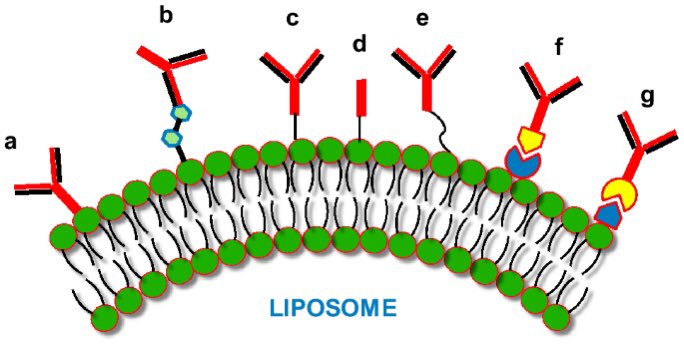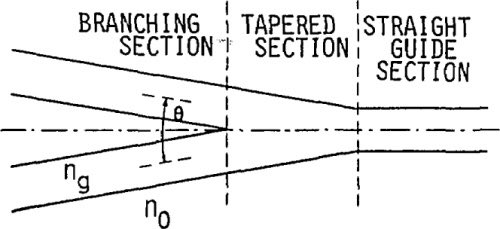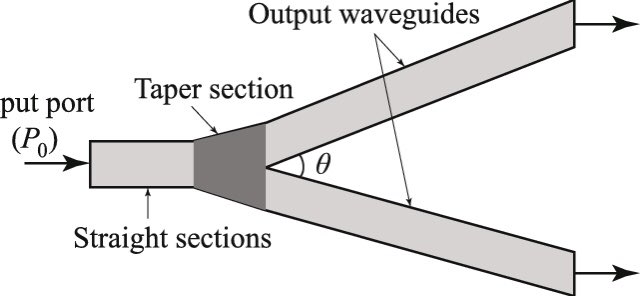Rhodopsin (also known as visual purple) is a light-sensitive receptor protein involved in visual phototransduction. It is named after ancient Greek ῥόδον (rhódon) for rose, due to its pinkish color, and ὄψις (ópsis) for sight.
In biochemistry and pharmacology, receptors are chemical structures, composed of protein, that receive and transduce signals that may be integrated into biological systems.
A waveguide is a structure that guides waves, such as electromagnetic waves or sound, with minimal loss of energy by restricting the transmission of energy to one direction.
Without the physical constraint of a waveguide, wave amplitudes decrease according to the inverse square law as they expand into three dimensional space.
These signals are typically[nb 1] chemical messengers which bind to a receptor and cause some form of cellular/tissue response, e.g. a change in the electrical activity of a cell.
There are three main ways the action of the receptor can be classified: relay of signal, amplification, or integration.
There are different types of waveguides for different types of waves. The original and most common meaning is a hollow conductive metal pipe used to carry high frequency radio waves, particularly microwaves.
Relaying sends the signal onward, amplification increases the effect of a single ligand, and integration allows the signal to be incorporated into another biochemical pathway.
Receptor proteins can be classified by their location. Transmembrane receptors include ion channel-linked (ionotropic) receptors, G protein-linked (metabotropic) hormone receptors, and enzyme-linked hormone receptors.
Intracellular receptors are those found inside the cell, and include cytoplasmic receptors and nuclear receptors.
Dielectric waveguides are used at higher radio frequencies, and transparent dielectric waveguides and optical fibers serve as waveguides for light.
Receptors of a particular type are linked to specific cellular biochemical pathways that correspond to the signal. While numerous receptors are found in most cells, each receptor will only bind with ligands of a particular structure.
This has been analogously compared to how locks will only accept specifically shaped keys.
When a ligand binds to a corresponding receptor, it activates
or inhibits the receptor's associated biochemical pathway.
or inhibits the receptor's associated biochemical pathway.
A waveguide confines the wave to propagate in one dimension, so that, under ideal conditions, the wave loses no power while propagating. Due to total reflection at the walls, waves are confined to the interior of a waveguide.
The uses of waveguides for transmitting signals were known even before the term was coined.
The phenomenon of sound waves guided through a taut wire have been known for a long time, as well as sound through a hollow pipe such as a cave or medical stethoscope.
Other uses of waveguides are in transmitting power between the components of a system such as radio, radar or optical devices. Waveguides are the fundamental principle of guided wave testing (GWT), one of the many methods of non-destructive evaluation.
Specific examples:
•Optical fibers transmit light and signals for long distances with low attenuation and a wide usable range of wavelengths.
•In a microwave oven a waveguide transfers power from the magnetron, where waves are formed, to the cooking chamber.
•Optical fibers transmit light and signals for long distances with low attenuation and a wide usable range of wavelengths.
•In a microwave oven a waveguide transfers power from the magnetron, where waves are formed, to the cooking chamber.
•In a radar, a waveguide transfers radio frequency energy to and from the antenna, where the impedance needs to be matched for efficient power transmission.
•Rectangular and circular waveguides are commonly used to connect feeds of parabolic dishes to their electronics, either low-noise receivers or power amplifier/transmitters.
•Waveguides are used in scientific instruments to measure optical, acoustic and elastic properties of materials and objects.
The waveguide can be put in contact with the specimen (as in a medical ultrasonography), in which case the waveguide ensures that the power of the testing wave is conserved,
or the specimen may be put inside the waveguide (as in a dielectric constant measurement), so that smaller objects can be tested and the accuracy is better.
•Transmission lines are a specific type of waveguide, very commonly used.
•Transmission lines are a specific type of waveguide, very commonly used.
late Middle English: from Latin transmittere, from trans- ‘across’ + mittere ‘send’.
passed on from one person or place to another.
broadcast or send out (an electrical signal or a radio or television programme).
passed on from one person or place to another.
broadcast or send out (an electrical signal or a radio or television programme).
allow (heat, light, sound, electricity, or other energy) to pass through a medium.
"infection from a transmitted virus"
"the conversation eventually veered away from theatrical things"
gerund or present participle: veering
1change direction suddenly.
1change direction suddenly.
(of the wind) change direction clockwise around the points of the compass.
"the wind veered a point"
"the wind veered a point"
late 16th century: from French virer, perhaps from an alteration of Latin gyrare (see gyrate).
veering
1slacken or let out (a rope or cable) in a controlled way.
1slacken or let out (a rope or cable) in a controlled way.
late Middle English: from Middle Dutch vieren .
verb: gyrate; 3rd person present: gyrates; past tense: gyrated; past participle: gyrated; gerund or present participle: gyrating
1move or cause to move rapidly in a circle or spiral."the dog yelped frenetically, wildly gyrating her tail"
1move or cause to move rapidly in a circle or spiral."the dog yelped frenetically, wildly gyrating her tail"
rotate
revolve
move in circles
go round in circles
circle
spiral
wheel round
turn round
whirl
pirouette
twirl
swirl
spin
swivel
revolve
move in circles
go round in circles
circle
spiral
wheel round
turn round
whirl
pirouette
twirl
swirl
spin
swivel
dance in a wild or suggestive manner.
"strippers gyrated to rock music on a low stage"
"strippers gyrated to rock music on a low stage"
early 19th century: earlier (early 17th century) as gyration, from Latin gyrat- ‘revolved’, from the verb gyrare, from Greek guros ‘a ring’.
Micro-optical gyroscopes (MOGs) are a type of high-accuracy gyroscope, which have the advantages of miniaturization, low cost, and satisfactory operating power. The quality factor (Q) of the waveguide ring resonators (WRRs) is very important to the performance of MOGs.
This paper reviews various MOGs using WRRs made from different materials, including silica, indium phosphide, calcium fluoride, and polymer WRRs. The different architectures of the MOGs are reviewed, such as double-ring resonator MOGs and multiple-ring resonator MOGs.
Candidate high-Q WRRs for MOGs, including silicon nitride, lithium niobite, calcium fluoride, and magnesium fluoride WRRs, are also reviewed. The manufacturing process, Q, and integration density values are compared.
Summarizing the advanced WRRs and calculating the shot-noise-limited sensitivity are helpful processes in selecting suitable materials to fabricate MOGs.
Keywords: micro-optical gyroscopes; waveguide ring resonators; Q factors
Keywords: micro-optical gyroscopes; waveguide ring resonators; Q factors
https://res.mdpi.com/d_attachment/photonics/photonics-07-00096/article_deploy/photonics-07-00096.pdf
Optical gyroscopes making use of the Sagnac effect have played important roles in navigation and positioning systems. Compared to micromechanical gyros, optical gyroscopes show high tolerance to acceleration and overload and have short warm-up times, among other factors.
Among these optical gyroscopes, laser gyros and fiber-optic gyros occupy most of the market. Although the accuracy levels of these two types of gyros are very high, their applications in integrated devices are limited by their large sizes.
In order to enhance the competitiveness of optical gyros in small navigation systems, more requirements have been put forward in terms of the device sizes.
For these reasons, micro-optical gyros (MOGs) were proposed, which utilize the optical waveguide ring resonators (WRRs) to detect the angular rotation rates
2.4 Endo/Lysosomes. Endosomes are formed by the invagination of the plasma membrane and are triggered by the activation of cell surface receptors (Hurley, 2008).
Endosomes control the sorting of activated cell surface receptors either to the plasma membrane for further use or to the lysosome for degradation.
https://www.researchgate.net/figure/Optical-power-splitter-with-Y-junction-waveguides_fig2_260670244
... COUPLER A conventional Y-junction guiding structure usu- ally consists of tapered waveguide sections con- necting access input waveguide and two output waveguides, as shown in Fig. 1. The spacing between outer waveguides increases linearly in this light- guiding structure.
In a Y-junction 3-dB coupler, the outer branches are kept geometrically symmetric to launch equal amount of light into each waveguide, evenly distributing the optical input power into the two output ports.
... Various materials have been used in realizing the optical splitters, mainly optical glass, crystals, silica, silicon and semiconductors [9][10][11].

 Read on Twitter
Read on Twitter
